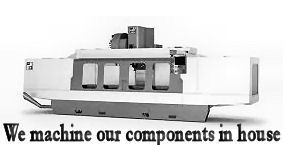I'll try a stab at this...
Chevy pistons 0.927" pin
AMC Piston and Rods are based around the 0.933" Pin
Difference of 0.006" Which for pin to rod clearance is NOT good, but I would venture to guess that 0.005" or better for piston to pin clearnace is good - but dont quote me on that unless someone else backs me up.
Bushing the rod would be like putting a 0.933 Outside diameter pipe, inside the small end of the rod. To then be drilled out to 0.927" to accomodate the Chevy Pin.
6 of these 1/2 Dozen the other when all is said an done.
And then to answer your question on quench:
Quench as I define it is the clearance between the highest spot on the piston to the head when the piston is at TDC.
The idea here being that so long as the laws of physics hold true - no two bodies of mass can occupy the same amout of space at the same time - then you can create an effectively "smaller combustion chamber"
But let me explain a little more as to how. Pushing the piston as close as you can to the head is like putting a book on top of a tube of toothpaste... its gotta go somewhere. The more you squeeze, the more can be pushed out. The same is true with the gasses inside the chamber. They are squeezed between the piston and the head thus creating a rather violent rush of gasses towards the spark plug.
Some people say you start having good quench when you can reach the 0.040 mark. I have not heard anything smaller than 0.028" But it is a close science, because as thermal expansion happens, adn the rod stretches, that 0.X can become darn near 0.0
IF the piston kisses the head.... you can kiss your engine good bye. Its a gamble either way. High benefits from tight quench , but DO your homework.
I would feel more comfortable running a tight quench on a low RPM engine, as opposed to one that turns over 6500 Revs.
Rod construction also has an effect on quench. As alumnium rods will expand MORE than steel will. For example: With alumnium Rods AMC engines are encouraged to have at least 0.060" clearance. But say the same engine, same RPMS and everything you could probably push closer to 0.045
Time for class,
-Humbly yours
Mike





 Reply With Quote
Reply With Quote
